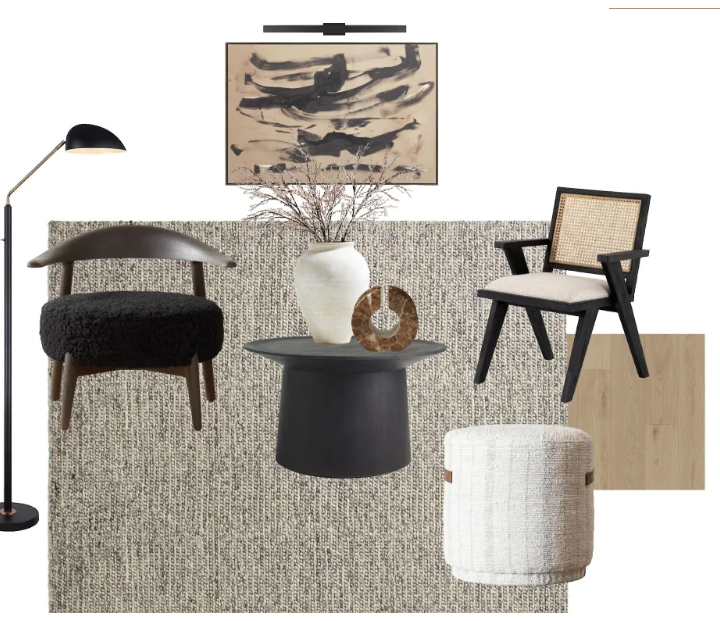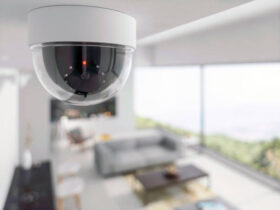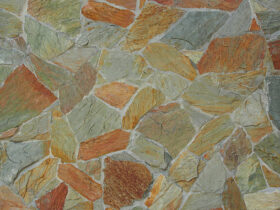In the realm of residential interior design, the concept of modernity has undergone significant evolution over the years. Today, modern interior design encompasses a plethora of styles, techniques, and aesthetics that cater to the diverse preferences of homeowners. From minimalist to eclectic, modern interior design allows for creative expression while prioritizing functionality and comfort. This article delves into the various trends shaping modern interior design in residential spaces, exploring how homeowners can infuse their homes with contemporary flair.
Embracing Minimalism
Minimalism remains a cornerstone of modern interior design, characterized by clean lines, open spaces, and a restrained color palette. In residential settings, minimalist interiors exude a sense of tranquility and sophistication. Key elements of minimalist design include sleek furniture, uncluttered surfaces, and strategic use of natural light. By eliminating excess decor and embracing simplicity, homeowners can create spaces that feel airy and inviting.
Fusion of Styles
One notable trend in modern interior design is the fusion of different styles to create eclectic yet cohesive spaces. Mixing traditional and contemporary elements adds depth and personality to residential interiors. For instance, pairing vintage furniture with modern accents or incorporating industrial touches into a rustic setting can yield striking results. This approach allows homeowners to showcase their individuality while creating visually stimulating environments.
Sustainable Design Practices
With an increasing focus on environmental sustainability, modern interior design has witnessed a shift towards eco-friendly practices and materials. From energy-efficient appliances to reclaimed wood furniture, sustainable design is becoming increasingly prevalent in residential spaces. Homeowners are opting for environmentally conscious solutions that reduce their carbon footprint without compromising style or comfort. Incorporating greenery, implementing energy-saving technologies, and choosing non-toxic materials are some ways to embrace sustainable design principles.
Technological Integration
Advancements in technology have revolutionized modern interior design, offering innovative solutions to enhance comfort, convenience, and efficiency in residential spaces. Smart home systems allow homeowners to control lighting, temperature, security, and entertainment with ease. Integration of smart devices and automated solutions seamlessly blends technology with design, creating homes that are both intelligent and stylish. From voice-activated assistants to connected appliances, technology plays a pivotal role in shaping the modern residential experience.
Personalized Spaces
In contemporary interior design, personalization is key to creating spaces that reflect the lifestyle and preferences of the occupants. Customization options abound, allowing homeowners to tailor their interiors to suit their needs and tastes. Whether it’s a bespoke furniture piece, a curated art collection, or a unique color scheme, personalized touches add character and charm to residential spaces. Designers work closely with clients to understand their vision and translate it into customized solutions that elevate the overall aesthetic.
Conclusion
Modern interior design in residential spaces is a dynamic and multifaceted field that continues to evolve with changing trends and lifestyles. From embracing minimalism to integrating technology and sustainability, homeowners have a plethora of options to create interiors that are both contemporary and functional. By blending different styles, incorporating personalized touches, and prioritizing sustainability, modern interior design allows individuals to transform their homes into havens of style and comfort. With creativity, innovation, and a keen eye for design, the possibilities for modern residential interiors are truly limitless.












